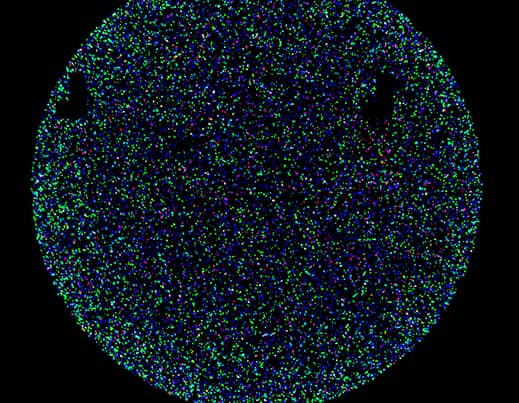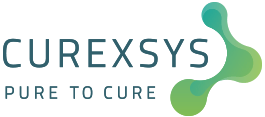EXOSOMES
Exosomes are membrane-bound small extracellular vesicles (sEVs) that are produced in the endosomal compartment of many eukaryotic cells. The multivesicular body (MVB) is an endosome defined by intraluminal vesicles (ILVs) that bud inward into the endosomal lumen. If the MVB fuses with the cell surface (the plasma membrane), these ILVs are released as exosomes.

Exosomes were discovered in biological fluids including blood, urine and cerebrospinal fluid. They can also be released in vitro by cultured cells into their growth medium. Since the size of exosomes is limited by that of the parent MVB, exosomes are generally thought to be smaller than most other EVs, from about 30 to 150 nanometers (nm) in diameter.
Exosomes constitute a new, cell free therapeutic principle clearly distinct from classical small or large molecule compounds or cell therapy. In fact, exosomes are able to keep the promise of stem cell therapies, however, without actual cells. Exosomes carry markers of their cells of origin and have specialized functions in physiological processes. Increasingly, exosomes are being recognized as potential therapeutics as they can elicit potent cellular responses. They mediate regenerative outcomes in injury and disease that recapitulate observed bioactivity of stem cell populations. Mesenchymal stem cell (MSC) exosomes were found to activate several signaling pathways important in wound healing, bone fracture repair and participate in the regulation of immune-mediated responses and inflammatory diseases.
Exosomes are being viewed as a new universal tool to regenerate cells and stop, reverse and cure many age-related processes AND they have significant advantages over classical drug modalities:

- They can carry mixtures of proteins, nucleic acids, lipids and metabolites and thus target various pathways at the same time
- They can be readily purified from human cells and applied to patients at sites of therapeutic interest
- They have enormous therapeutic potential
Due to our increasingly aging populations, anti-aging therapies become of great interest to societies, health care providers and pharmaceutical companies.
However, to be successful in developing effective anti-aging therapies with exosomes, it needs a precisely standardized process to generate exosomes of reproducible and clearly defined quality.
ANTI-AGING
Anti-Aging programs are based on a growing mountain of scientific evidence showing that regeneration and rejuvenation are principle biological processes that can be triggered to counteract senescence and activate the renewal of old cells and tissues. Immunologically, aging is characterized by a general dysregulation of immune responses culminating in a gradual immune senescence of all cells.
This „inflamm-aging“ is characterized by an increased inflammatory state with increased levels of pro-inflammatory cytokines, in turn causing severe and widespread diseases such as skin damage, skin inflammation, eye diseases, osteoporosis, cardiovascular syndromes and auto-immune diseases such as rheumatoid arthritis, MS, allergies and many more.
Exosomes can be a powerful tool to restore the immune responses to ‚normal‘ regulation and thus stop the inflammatory and „inflamm-aging“ processes.
